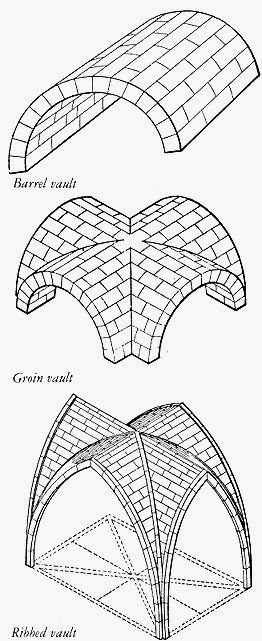They had the power...
Ancient Rome dominated Western Europe, Southern Europe, Asia Minor, North Africa, and parts of Northern and Eastern Europe. Civilization went from a monarchy, to republic, and finally to an autocratic empire. Being one of the most powerful sources within the ancient world, we often find Rome grouped in "Classical Antiquity" along with ancient Greece. Their similar styles of society and culture deem them to be Greco-Roman world.
Everlasting contributions...
Many Roman names are still remembered today; Julius Caesar, Augustus, etc. Society was a model of government and law, military strategy, and roads and architecture. Their buildings used the post and lintel construction method, which was then supplemented with the discovery of concrete! Archways, domes, and vaults were designed and built for the first time. Concrete allowed for faster build and for larger scale projects. Aqueducts, public recreational buildings, memorials, tombs and temples, and basilicas were built.
Extensive roads with specific construction methods
Cement structures and aqueducts
Several types of common vaults
Today's modern architecture
Monumental Buildings
- Colosseum - Built in 80 A.D. and seats at least 50,000 people. Made of concrete and stone, arches and barrel vault styles were used. All 3 classical orders are present. It is one of the first prototypes of a sports arena, gladiator fights and cultural events were held here. It is a UNESCO World Heritage Site.
- Pantheon - Built in 126 A.D. and was commissioned by Marcus Agrippa and rebuilt by emperor Hadrian. This ancient Roman temple has a rotunda (circular floor plan and dome) with a portico (porch) of large granite Corinthian columns that are supporting a pediment. The Pantheon is most famous for having the world's largest unreinforced concrete dome and its oculus within the rotunda. The height of the oculus and the diameter of the inner circle are the same at 142ft. Theoretically, the whole interior would be able to fit perfectly inside a cube!
A perfect Sphere
Inspired by the past
- Maison Carree - Built in 16 A.D. and is located in the South of France. This building was also reconstructed by Marcus Agrippa. It is one of the best examples of a Roman temple due to how well preserved it is. An example of Vitruvian architecture, this temple sits on a podium and is rectangular in shape, almost twice as long as it is wide. Having a deep portico, the facade of the building is nearly one third the length of the entire structure! This building has gorgeous details that have lasted the harsh years.
Residential Dwellings
- Insula - Similar to apartment style buildings we are familiar with. They were built with bricks and surrounded by the city streets. Usually 5-6 stories high with balconies and the ground floor held shops. There was no plumbing, poor light, and fires from cooking were a great danger. Living on the higher floors may have been less expensive, but at the possible price of your life.
- Domus - These living quarters were better than the Insula. They were for the upper class and wealthy. These residences commonly had decorative marble, marble inlays, door jambs, columns, wall paintings and frescoes. The interior consisted of multiple rooms, courtyards, and gardens. These homes had slanted roofs.
- Country Villa - Some families that lived in a domus also owned country villas as a secondary vacation-like home. Upper class lived in this type of home, similar to domus, but larger. There was a common living area, servant area, and storage area. There were two kinds of country villas, either a villa that was close to the city or a villa that was further away and in which the tenants were more permanent.
Furniture
Wood, metal, and stone materials were used in constructing furniture. Popular items included chairs, sellas or stools, thrones, tables, etc. The Cathedra chair was similar to the Klismos chair from Greece, but it was not as feminine.
Cathedra Chair
Sella
Fun Fact - Concrete Disappeared!
Many ancient Roman innovations vanished for thousands of years after the fall of the empire. Roman technology was amazingly ahead of its time, but trade secrets were kept and died with their owners. The most famous is concrete, which actually vanished for centuries and was not adequately reproduced until the early 1800's.
Until next class!


























